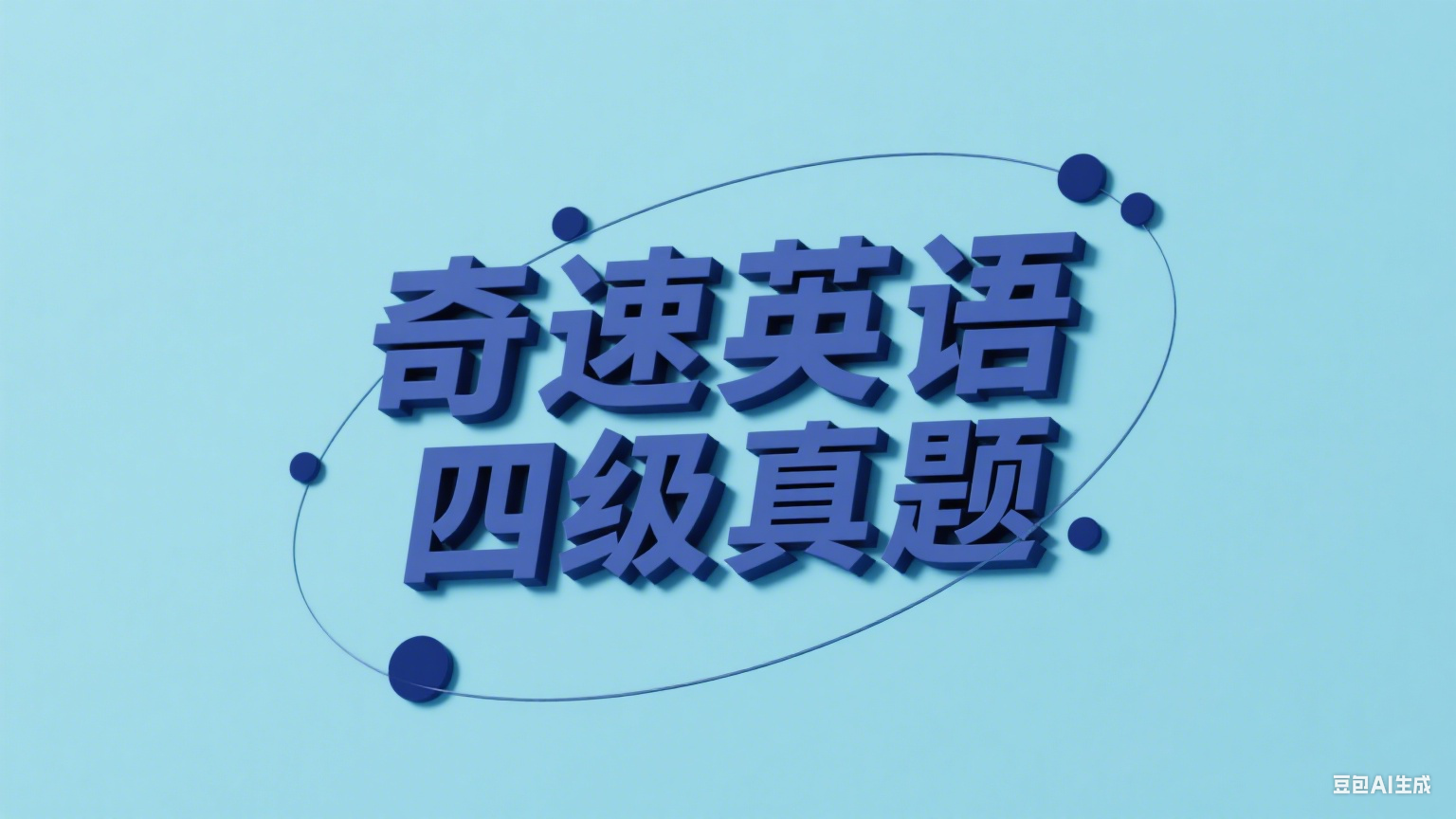
① Do you ever blend up a protein drink for breakfast, or grab a protein bar following an afternoon workout? If so, you are likely among the millions of people in search of more protein- rich diets.
② Protein-enriched products are found everywhere. But contrary to all the publicity that everyone needs more protein, most Americans get twice as much as they need.
③ Many of us living in the most developed countries are buying into a myth of protein deficiency created by food companies and self-identified health experts. Global retail sales of protein supplement products reached an astonishing US$18.9 billion in 2020.
④ But are we really in need of more protein? Physicians in the U.S. have never actually examined a patient with protein deficiency because simply by eating an adequate number of daily calories we are also most likely getting enough protein.
⑤ In fact, Americans currently consume almost twice the National Academy of Medicine’s recommended daily intake of protein although the most desirable protein intake may vary depending on age and activity level.
⑥ For example, if you’re a dedicated athlete you might need to consume higher quantities of protein. Generally, though, a 140-pound person should not exceed 120 grams of protein per day, particularly because a high protein diet can strain kidney and liver function and increase risks of developing heart disease and cancer.
⑦ While fats and sugar have taken the beating in turns since over a century ago, protein has managed to remain our red-hot favorite.
⑧ In the 1970s through the 1990s, protein products remained visible but moved backsomewhat with the dietary spotlight firmly fixed on low-calorie, low-fat, sugar-free snack foods and beverages following the publication of studies linking sugar and saturated (饱和的) fat consumption to heart disease.
⑨ Later research in 2003, however, suggested high-protein diets could aid in weight loss, and protein quickly regained its former nutrient-superstar status.
⑩ Now most people living in high-income nations are consuming enough protein. When we replace meals with a protein bar or drink, we also risk missing out on the rich sources of antioxidants (抗氧化剂), vitamins and many other benefits of real food.
1. 1. What do we learn about publicity over protein in America?(细节理解)
A It has helped to create the myth of protein deficiency.
B It has helped Americans in search of protein-rich diets.
C It has raised a lot of health concerns among the public.
D It has been funded by food companies and health experts.
2. 2. Why have physicians in the U.S. never actually examined a patient with protein deficiency?(细节理解)
A Americans can purchase many kinds of protein-rich foods everywhere.
B Americans can absorb the number of calories recommended by food experts.
C Americans can get sufficient protein just by eating adequate foods daily.
D Americans can rely on food supplements to prevent protein deficiency.
3. 3. What should people take into consideration in deciding on the most preferable protein intake?(细节理解)
A How healthy they are and what food they eat.
B How old they are and what activities they do.
C How much protein they consume and what their body weight is.
D How serious their protein deficiency is and what remedies they use.


